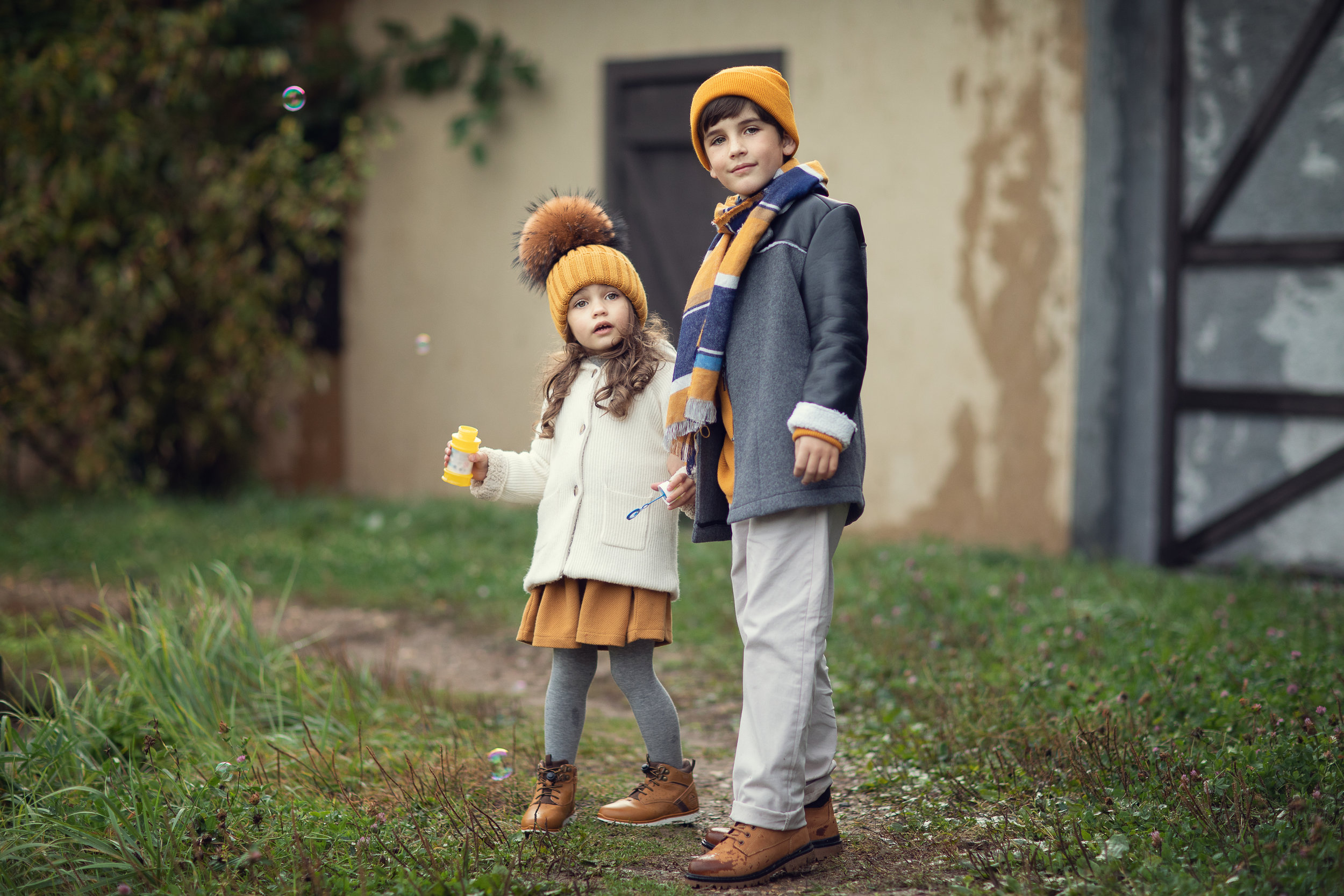Manual Mode VS Auto Mode
Are you ready to switch over and try shooting your food picture on manual? Yes, it's that tiny little "M" on your dial which feels HUGE to you and, perhaps, a bit intimidating. If you haven't tried it, we suggest giving it a shot. Remember, what's the worst that can happen? Digital photography means you can delete and just keep trying!
Rather than jumping straight into shooting on all-manual mode, we suggest your shoot on what's known as semi-auto. Most cameras today offer three semi-automatic modes: shutter priority, aperture priority, and program mode. The most popular of the three is probably aperture priority mode. But let's start by discussing manual mode.
MANUAL MODE
In the world of cameras, manual means custom shooting. It means you fully control the scene from shutter speed, ISO, and aperture. It's something EVERY photographer needs to learn at some point if they want to have more in their toolbox of expertise and knowledge. Shooting on manual allows you do to more than auto will ever allow you.
Learning to shoot on manual gives you full control over your photography. However, it's not something you will learn or perfect overnight. It takes TIME.
CONTROL
Exposure: Controlled by what's known as the exposure triangle: aperture, shutter speed, and the ISO. However, the three do more than just that.
Aperture: Also controls a depth of field (think of images where the background is blurred allowing the focal point to be the main subject.)
Shutter speed: This can control how you capture action: either in motion or still. It's helpful to know how to work with your shutter speed if you want to capture anything in motion, like water or sports.
ISO: If you want to brighten your image, increase your ISO, but know that it also enhances the visible grain in your picture.
AUTO MODE
If you want to be more creative or clever with your shots, auto mode is probably going to frustrate you. Learning to work with the exposure triangle will allow you to create far more interesting pictures. Auto mode, meaning your camera, only adjusts for light when shooting on auto.
That means you're basically leaving out a lot of creative possibilities, especially if you're doing food photography. Yes, you can fix or make some creative adjustments using presets in post-production editing, but you might not be able to get everything you want that way.
SEMI-AUTO/MANUAL MODES
We suggest starting on semi-auto mode to get your feet wet before going into all manual. On some cameras, look for aperture priority or shutter priority. This will allow you to manually adjust just one setting at a time while the camera does the others.
Aperture priority mode: You can adjust your aperture, and the camera automatically chooses the correct shutter speed for proper exposure.
Shutter priority mode: This allows you to control the shutter speed while the camera sets the aperture. Shutter priority isn’t used as often as aperture priority mode because most photographers would instead set the specific aperture themselves than rely on the camera's meter.
Program mode: This is the least popular of the three semi-auto modes. It automatically selects both aperture and shutter speed while you can choose different combinations of the two. This can be tricky with variable light conditions. We suggest sticking to the other two semi-auto modes instead, aperture and shutter priority.
Once you're in aperture or shutter priority, practice various shots and take notes along the way. It's the best way to learn as you go; shoot while learning.



















